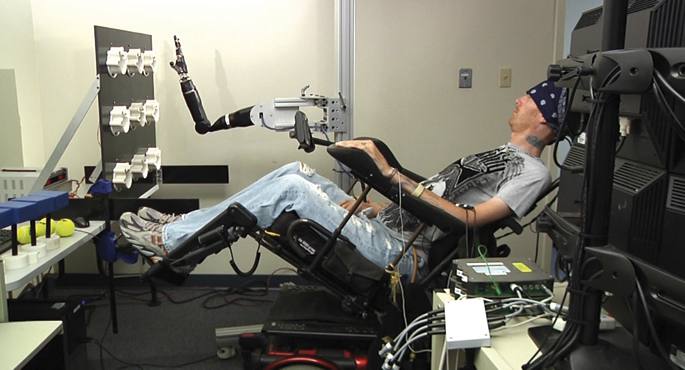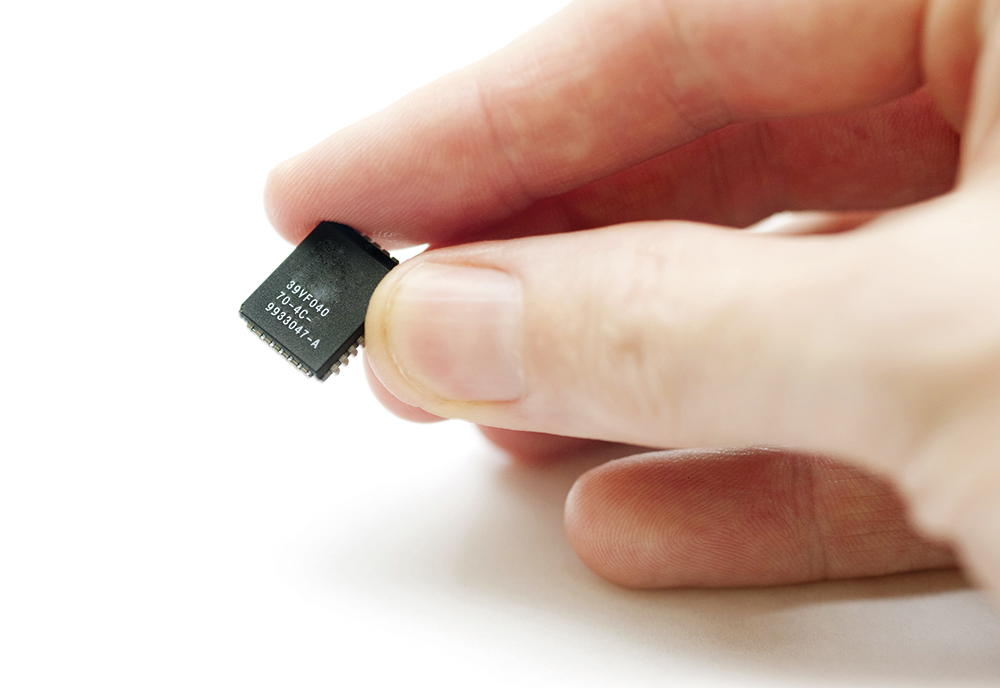Testing nanotechnology in the human brain

The Clinatec laboratory in Grenoble, supported by the French Atomic Energy Commissioner, has been authorised to place microchips in the human brain since 2013. The aim is to take steps in the fight against Parkinson's disease, tetraplegia and depression.
The laboratory has six rooms, an operating room and 60 technicians, all of them engineers, doctors and biologists specialized in nanotechnology.
Tetraplegic volunteers, for example, will be given a box with electrodes in the brain. This box records brain activity, which through a robotic leg or arm becomes motion. In the case of patients with Parkinson's disease, we will try to reform the brainwaves that cause the disease.
To know the success of the trial we will have to wait until 2014.
A group of researchers from the United States, Spain, Belgium and Japan, who were doing a nanotube trial, found that if you add boron to carbon, nanotubes run away as if they were sponges, and in addition to floating well in the water, they absorb the oil and oil that may be in... [+]
Azken hamarkada bitan, materia atomoz atomo eta molekulaz molekula manipulatzeko gaitasuna garatu dugu gizakiok. Hartara, gauzatu egin da 1950eko hamarkadan Richard Feynman fisikari ospetsuak irudikatutakoa, berak izen hori eman ez bazion ere: nanoteknologia. Aukera berrien... [+]
Unai Mtz Lizardui / Alain Urizar ::Nanoteknologiaren iraultza
Gaiak
orrialdeak ::155
prezioa ::18€
Batzuen artean ::Jakin 171
Jakin
orrialdeak ::146
prezioa ::10.50€
Teknologi elektrokimikoen zentroa, 1997an sortu zen sektore elektrokimikoaren sektore industrialei zein administrazioari eta orokorrean gizarteari zerbitzua emateko. Energiaren, gainazalen tratamenduen eta material berrien alorretan dihardu. Miramongo Parke Teknologikoan... [+]


















